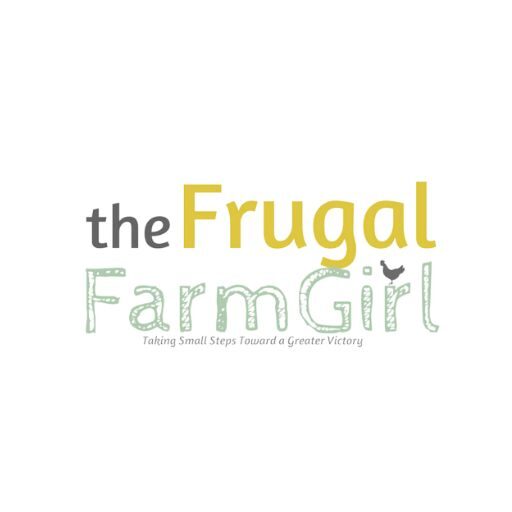Growing your own food is a wonderful way to achieve better health, soak up more nutrients and enjoy better tasting produce than what’s on the shelves at your local grocery store.
If you’ve ever been to a farmer’s market in your area and compared the taste of those foods to the waxy ones at your local chain grocery store, you’ve probably noticed a difference in the quality of taste and flavor.

That’s because the farmer’s market has what’s in season for you. Some foods sitting at the store are there even though the food isn’t actually at its seasonal peak.
Many grocery chains transport food and ensure it’ll be preserved on the shelves as long as possible.
This is why if you are buying fruits and vegetables out of season you are wasting money. One of my biggest tips to shopping produce on a budget is to buy things in season.
Check out some of my printables to help you shop on a budget here.
The taste might be bland at best. Who wants to overpay for strawberries and then your kids won’t eat them because they have no flavor.

Grow During the Right Season
When you’re growing your own vegetables and fruits, you’ll ensure maximum flavor by growing the plants in the right season.
Instead of having to pick the produce early in order to get it to shelves on time, you’ll be able to harvest it naturally on the vine so that it produces the most flavor possible.
The focus on taste is only half the benefits of growing in season. In-season produce is also more healthy for you because it becomes more packed with nutrients.

Buying or growing local in-season produce is also better for the environment because it reduces the carbon footprint needed to transport the harvest.
Plus, when you buy seasonal produce, it’s cheaper. Growing your own food, you’ll be saving on the cost of the food plants anyway, but it’s still a perk to eating seasonal produce.

Growing Zone is Key
Look at your growing zone to see what’s in season at the time you want to grow your garden. In the springtime, you might want to grow your leafy greens, garlic, radishes and peas.
Summertime is perfect for fruits like peaches, watermelon, berries, and vegetables like eggplants, cucumbers, and tomatoes, which will redden and ripen on the vine for maximum flavor.
In the fall, try to grow and harvest things like apples, pumpkins, broccoli, and carrots. Then in the winter, use this time to get Brussels sprouts, turnips, cabbage, and winter squash on your plate.
Give it a try in your garden and see how big of a difference it makes when you pick a juicy, plump blackberry off the vine in the summer versus when you have one from the store in the winter.

Cooking Method
Another way to make your vegetables more flavorful is to vary your cooking methods. Try roasting, steaming, or stir-frying your vegetables instead of boiling them.
One of my favorite ways to cook veggies from our garden is to use this amazing basting oil from Wegmans. I love it so much I wrote a whole post about it here.
And finally, don’t be afraid to add some spices to your dishes. A little salt, pepper, or garlic can go a long way in making your vegetables taste more flavorful.
If you don’t have a Ninja Foodi Air fryer roasting your veggies in the oven makes a huge difference in flavor.
If you’re looking to start growing your own vegetables but don’t know where to start, don’t worry! We’ve put together a list of some of the tastiest (and easiest) vegetables for beginners.
Check out the list below and get started on your very own home garden today! Wondering which veggies to get started with? Find out here.
For more gardening tips check out these:
